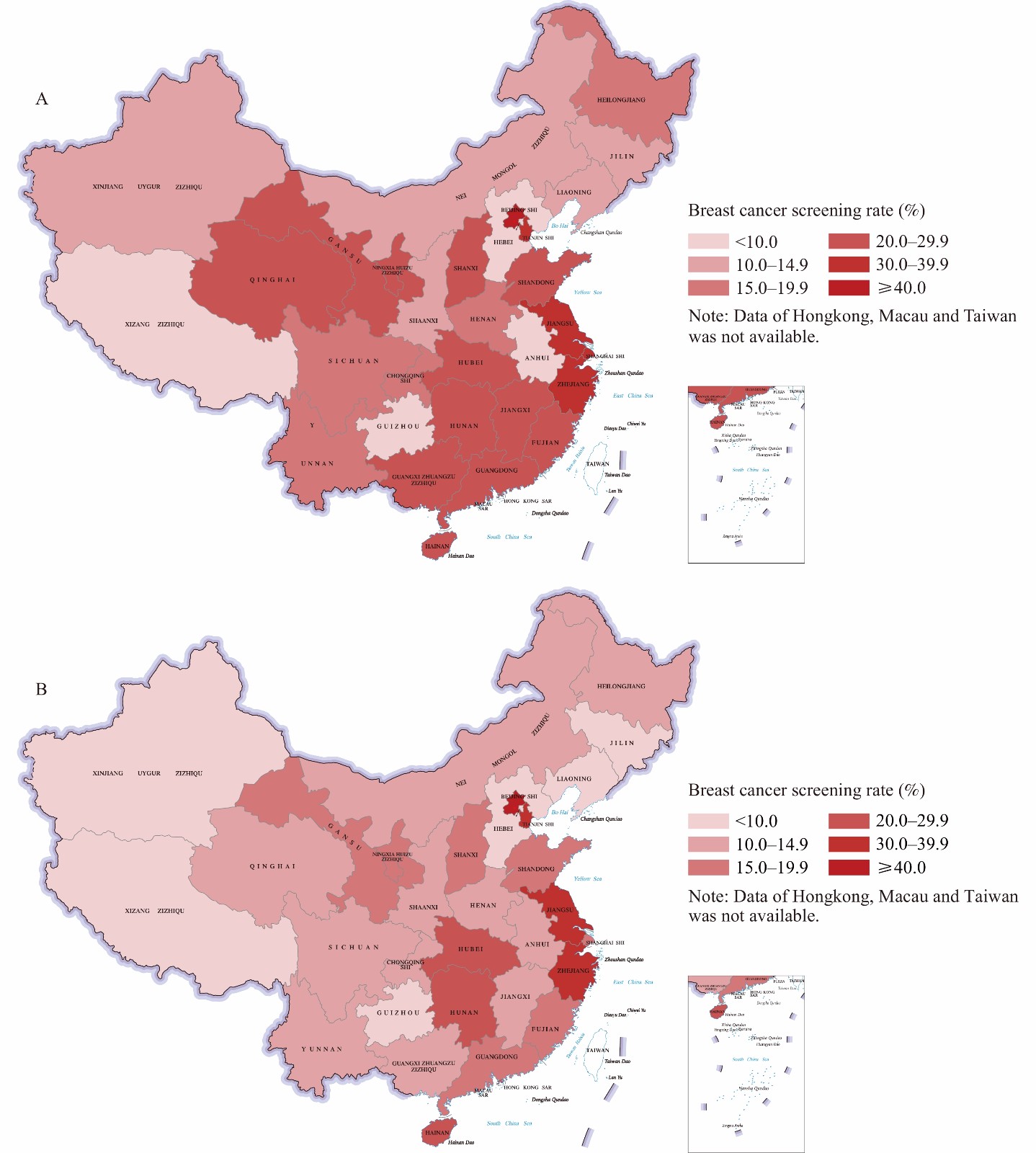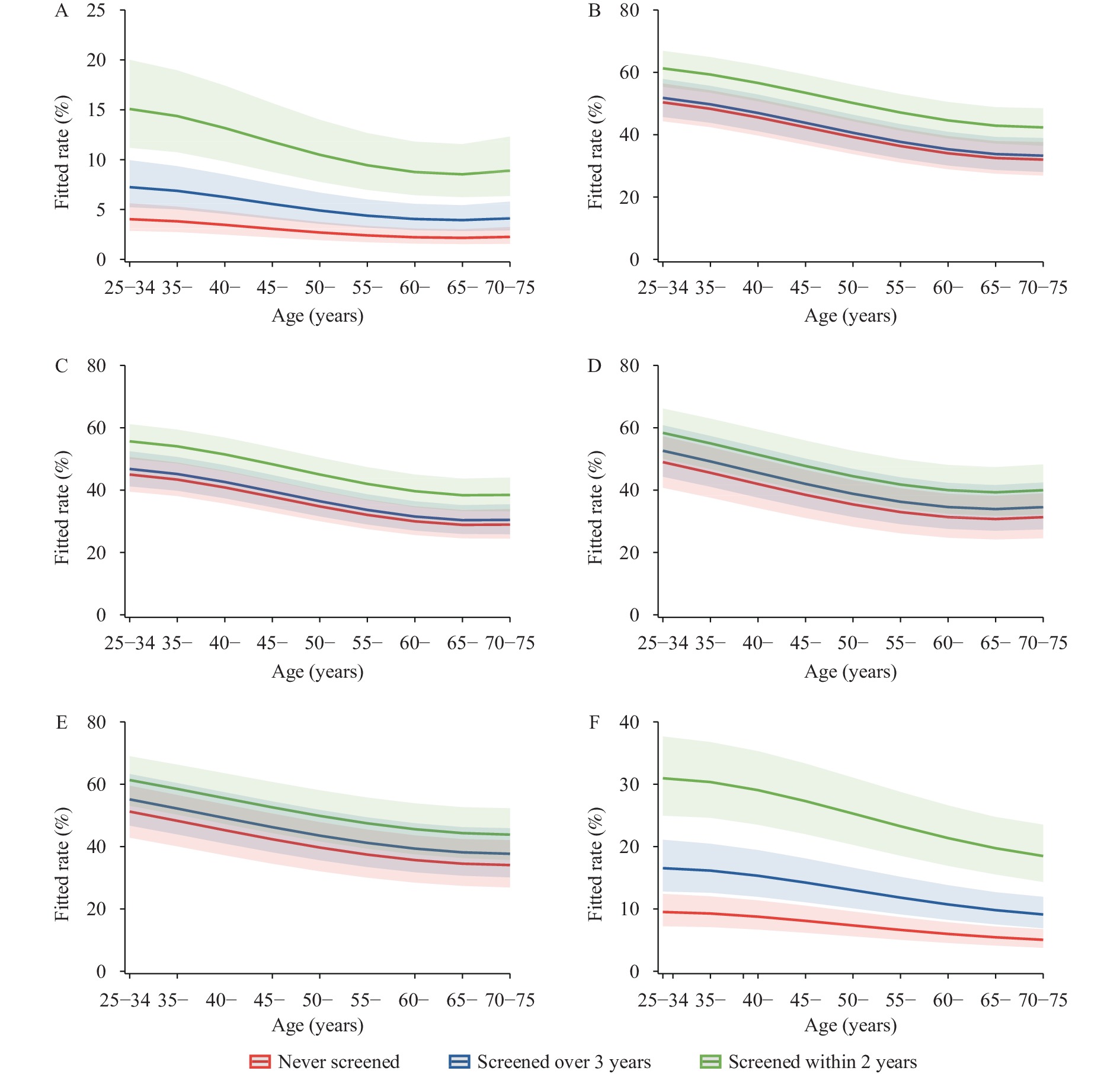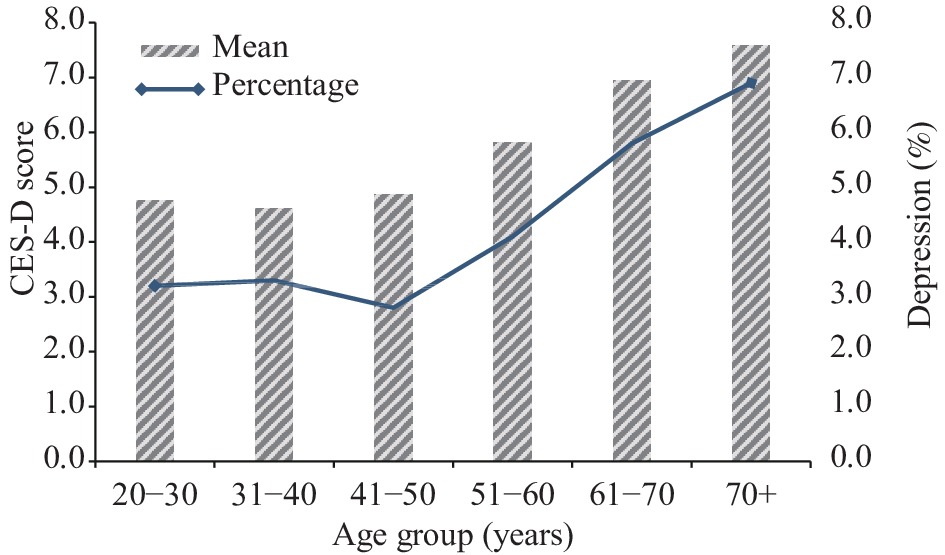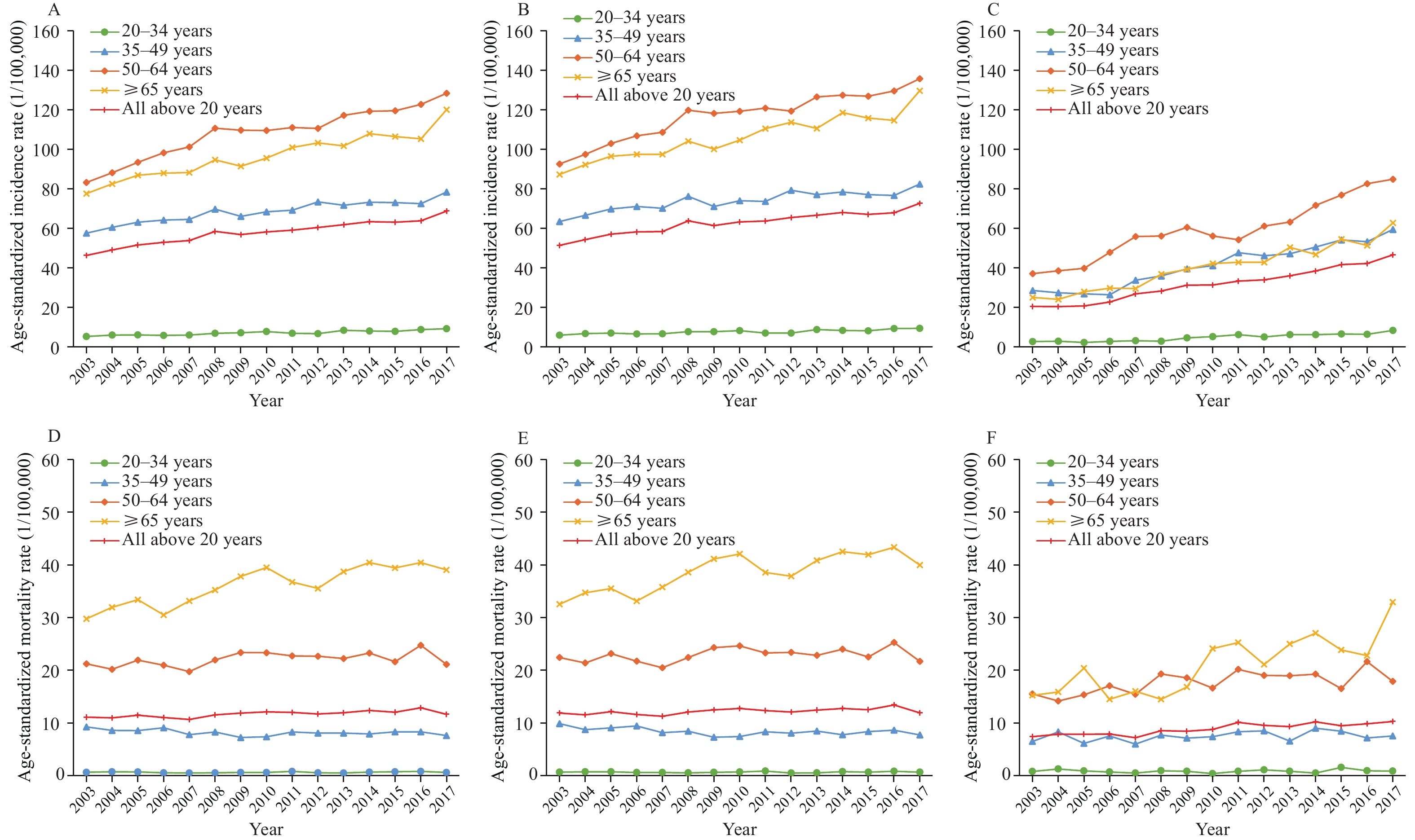2023 Vol. 5, No. 15
In 2015, only 18.9% of adult women underwent breast cancer screening in China.
Breast cancer screening coverage for women aged 20 years and above in China reached 22.3% during 2018–2019. Women with lower socioeconomic status had lower screening coverage. There were significant variations across the provincial-level administrative divisions.
The promotion of breast cancer screening requires the maintenance of national and local policies, as well as financial support for screening services. In addition, there is a need for the strengthening of health education and the improvement of accessibility to health services.
Breast cancer awareness plays a crucial role in promoting screening attendance, enabling early detection, and improving survival rates associated with breast cancer. Nevertheless, a persistent issue is the low public awareness of breast cancer warning signs and risk factors.
Breast cancer awareness rate was 10.2%, with particularly low rates among never-screened and inadequately screened women. Factors associated with low awareness levels included low income, agricultural occupation, limited educational attainment, smoking, and the absence of professional recommendations.
Consideration should be given to effective health education and delivery strategies aimed at women who have never been screened or have received inadequate screening.
Psychological and lifestyle factors are known to potentially play a significant role in the development of breast cancer. However, current evidence-based studies present controversial findings on the associations between depression, sleep duration, and breast cancer risk.
This study investigated the potential risk factors of depressive symptoms and short sleep duration for breast cancer within the Breast Cancer Cohort Study in Chinese Women. The findings revealed that women experiencing depressive symptoms and short sleep duration exhibited a heightened risk of developing breast cancer, particularly among the older population.
Public policy ought to prioritize early health education interventions targeting psychological factors in order to facilitate the prevention of breast cancer.
This study reported the trends in female breast cancer incidence and mortality rates in China, and analyzed the corresponding age-period-cohort effects.
Data from 22 population-based cancer registries in China between 2003 and 2017 were analyzed. Age-standardized incidence rates (ASIR) and mortality rates (ASMR) were calculated using Segi’s world standard population. Joinpoint regression was employed to evaluate trends, and age-period-cohort effects were examined using the intrinsic estimator method.
The ASIR for female breast cancer exhibited a more rapid increase in rural areas compared to urban areas across all age groups. The most substantial increase was observed in the 20–34 age group in rural areas [annual percent change (APC)=9.0%, 95% confidence interval (CI): 7.0%–11.0%, P<0.001]. The ASMR for females under 50 years old remained stable from 2003 to 2017 in both urban and rural areas. However, the ASMR for females over 50 in rural areas and those over 65 in urban areas demonstrated a significant increase, with the most pronounced increase observed among females over 65 in rural areas (APC=4.9%, 95% CI: 2.8%–7.0%, P<0.001). Age-period-cohort analysis revealed increasing period effects and decreasing cohort effects for female breast cancer incidence and mortality rates in both urban and rural settings. Notably, the cohort effect for incidence displayed a slight upward trend for females born between 1983 and 1992 in rural areas.
Our study revealed a rapid increase in breast cancer incidence among younger generations and an accelerated mortality rate in older populations residing in rural areas. To effectively address the growing burden of female breast cancer in China, it is essential to develop and implement targeted intervention strategies.



 Subscribe for E-mail Alerts
Subscribe for E-mail Alerts CCDC Weekly RSS Feed
CCDC Weekly RSS Feed


